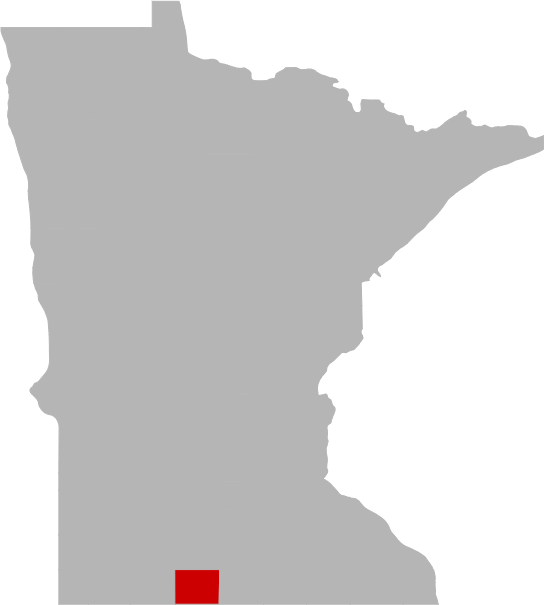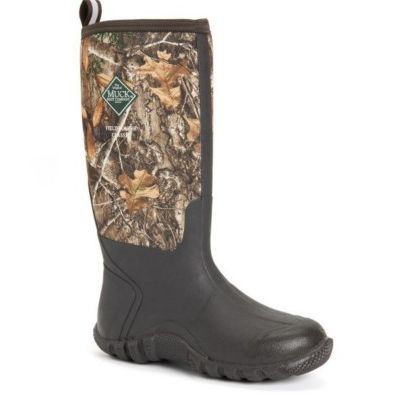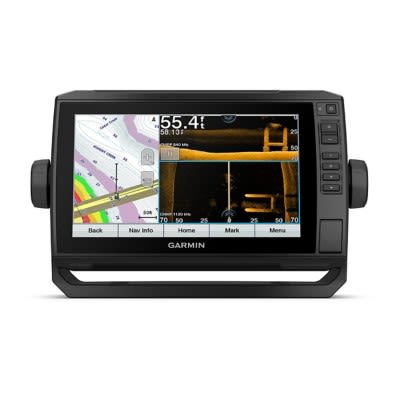Today's Best Fishing Times
Get the best fishing times for Amber Lake with Lake-Link's Fishing Forecast. SEE MORE


Share Your Catch & Win!
Frequently Asked Questions About Amber Lake, MN
- How big is Amber Lake?
- How deep is Amber Lake?
- What kind of fish can you catch in Amber Lake?
- What are the closest cities to Amber Lake?
- Are there places to stay in the Amber Lake area?
- Are there boat launches on Amber Lake?
- Are there places to eat and drink near Amber Lake?
- What is the average air temp for Amber Lake?
How big is Amber Lake?
How deep is Amber Lake?
What kind of fish can you catch in Amber Lake?
Other fish species in the lake include Emerald Shiner, Fathead Minnow, Freshwater Drum, Golden Shiner, Green Sunfish, Hybrid Sunfish, Johnny Darter, Orangespotted Sunfish, Quillback, Spotfin Shiner and White Sucker.
What are the closest cities to Amber Lake?
Are there places to stay in the Amber Lake area?
More Lodging Options
Are there boat launches on Amber Lake?
Are there places to eat and drink near Amber Lake?
Explore the Amber Lake area in a RV
Are you looking for an adventurous vacation option that won't break the bank? Look no further than renting an RV! Contrary to popular belief, the process is much simpler than you might imagine. With just a few easy steps, you'll soon be experiencing the ultimate freedom and convenience of exploring the open road in your very own recreational vehicle. And the best part? RV travel can save you up to 60% compared to other types of vacations! With the money you'll save, you'll be able to travel even more and create unforgettable memories along the way. So why wait? Start planning your next adventure today with an RV rental. Learn more about renting a RV.



2020 Lightning Aluminum Enclosed 5-place Snowmobile Trailer
Lakeville, MN

History & Status of the Fishery
Amber Lake is a 180 acre lake of which 108 are less than 15 feet (littoral zone). Amber Lake is part of the" Fairmont Chain of Lakes" and is within the city limits of Fairmont. The Fairmont Chain of Lakes (from headwaters to mouth) is comprised of Amber Lake, Hall Lake, Budd Lake, Sisseton Lake, and George Lake which are all natural impoundments of Center Creek in the Blue Earth River Watershed. Amber Lake is the first lake and one of the deepest of the lakes with a watershed-to-lake ratio of 59 indicating a large influence of the watershed effects in the lake. The city of Fairmont operates a storm water runoff system that empties into the lakes and the city also draws drinking water from Budd Lake, so it is imperative to reduce negative influences of water impairments in the watershed to improve the water quality in the Fairmont Chain of Lakes. Martin County Soil and Water Conservation District has taken the lead on this and has implemented some projects that help reduce the effects of water quality impairments on the lake, but more can be done to virtually eliminate all influences through best management practices in the watershed. Fish community changes over time tell us a lot about the health of an aquatic environment and its water quality. Amber Lake is a class 24 lake and is managed primarily for walleye while crappie, yellow perch and channel catfish are managed secondarily. Fish population assessments have been conducted every 4 to 6 years since 1982 with an initial assessment conducted in 1971. A recent fish population assessment was conducted during the week of August 29, 2011 to analyze the current management of species in Hall Lake and to determine changes in the fish community over time.
The walleye catch rate in Amber Lake was 3.0 fish per gill net, within the normal range of 1.2 to 6.3 fish per gill net. Historically, the long term gill net catch rate was 3.4 fish per gill net with the catch exceeding that only 3 times (1971=12.8, 1982=3.5, 1987=5.0) in the past 8 fish population assessments. The 2011 trap net catch rate was 1.4 fish per trap net, exceeding the normal range of 0.3 to 1.2 per trap net. Historically, the trap net catch rate average of 0.9 fish per net has been exceeded 4 times (1987=1.1, 1993=1.6, 1997=2.1, and 2011=1.4) in the past 8 fish population assessments. Trap net catch rates are not good indicators of walleye abundance, therefore gill net catch rates are used to assess the population. The sizes of walleye were dominated by smaller sized fish (less than 15 inches). The average length of walleye in the gill net sample was 12.5 inches with a range in length of 9.7 to 16.1 inches. The walleye sampled were likely from a 2008 fingerling stocking. The average length of age-3 fish was 12.2 inches, which is fair to poor growth for a walleye population in a southern Minnesota lake. The overall condition of the walleye in the sample was fair to poor for walleye in August in a southern Minnesota lake. Several factors are most likely responsible for the low walleye catch rate, size structure, and condition. First, there are many species of fish in the Fairmont Chain of Lakes; in 2011 there were 14 species of fish caught in the gill nets and trap nets. Many species can lead to competition for resources, particularly food. Competition with freshwater drum and black crappie is common for walleye, especially the competition between walleye and black crappie. Another factor is a possible decrease in the food supply of walleye through water quality changes. The Fairmont Chain of Lakes has been treated in the past with copper sulfate to decrease algae blooms, the negative effect of copper sulfate that is often overlooked is an alteration of the food web due to invertebrate reduction leading to forage fish reductions. This alteration can last for a long period of time due to copper as a heavy metal that accumulates in the sediment of the lake and is not easily removed. The current fish population assessment does show the greatest abundance of walleye since 1987 so the population may be making a comeback. Fishing success for walleye should increase in the next 2 to 3 years due to this increase and due to stocking of walleye fingerling in 2011 and 2012.
The yellow perch catch rate was 39.0 fish per gill net and 1.8 fish per trap net, both exceeding the normal ranges for gill nets (2.0 to 27.9 per gill net) and trap nets (0.3 to 1.7 per trap net). The average length of yellow perch in the gill nets and trap nets was 7.4 inches with a range in length from 4.9 to 8.9 inches. The length of yellow perch caught in the sample indicating a population that is dominated by fish in the 5 to 8 inch range. Overall, it appears that the yellow perch population is on the rise, as the population is dominated by younger and smaller individuals, and the population size structure will continue to improve. The opportunity to catch 8 to 10 inch yellow perch in Amber Lake should be good, if not excellent, in the next 2 to 3 years.
Two species of crappie (white and black) have been caught in Amber Lake since 1971. The historical white crappie catch rate average is 1.0 per gill net and 3.5 per trap net and the historical black crappie catch rate is 7.3 fish per gill net and 20.4 per trap net. In 2011, no white crappies were caught in gill nets or trap nets. However, the 2011 black crappie catch rates were 15.0 fish per gill net and 35.1 fish per trap net exceeding the long-term average. The normal catch rate ranges for black crappie are 2.5 to 16.5 fish per gill net and 1.8 to 21.2 fish per trap net. The 2011 gill net catch rate is within the normal range and the trap net catch rate exceeds the normal range. The size structure of the black crappie in the sample was above average indicating a population of black crappie dominated by fish in the 8 to 10 inch length group. The average length of black crappie in the gill net and trap net samples was 8.4 inches with a range of 5.8 to 10.0 inches indicating an abundance of 2 or 3 consecutive year classes. The overall condition of the black crappie in the sample was average for an August sample and indicated a population that is foraging successfully. Amber Lake is poised to be a black crappie hotspot in the next 2 to 3 years as almost 30% of all fish caught in the 2011 fish population assessment were black crappie.
Channel catfish are also managed in Amber Lake. The gill net catch rate in 2011 was 3.3 fish per net, with a long-term average of 1.2 indicating an adequate population of channel catfish reside in Amber Lake. The size structure of the channel catfish in the sample was balanced; the average length of channel catfish in the gill net and trap net sample was 12.7 and 12.9 inches respectively with a range in length from 7.5 to 21.1 inches. The overall condition of the channel catfish in the sample was low for August, indicating some stress with respect to foraging ability. Overall, it appears that the channel catfish population is maintaining itself at a low abundance. Channel catfish fishing in Amber Lake will continue to be hit-or-miss with several caught here-and-there given the low abundance.
Other non-managed species caught in the gill nets and trap nets were bigmouth buffalo, black bullhead, bluegill, common carp, freshwater drum, largemouth bass, northern pike, quillback carpsucker, white sucker, and yellow bullhead. Amber Lake is a unique lake in southern Minnesota because of its species diversity and general characteristics of deeper than usual water for the area. In addition to fishing, Amber Lake is a destination for recreational watercraft users. Regardless, in order to preserve the unique features of Amber Lake all watercraft entering and exiting Amber Lake should remove aquatic vegetation and drain all water to reduce the chance of spreading harmful invasive species.
Prepared by Nate Hodgins
What is the average air temp for Amber Lake?
More Nearby Lakes To Explore
There's more lake's to explore around Amber Lake...| DISTANCE | ACRES | MAX DEPTH | |
| Hall Lake | 1.1 mi | 548 | 27 ft |
| Budd Lake | 2.3 mi | 228 | 23 ft |
| Sisseton Lake | 3.1 mi | 138 | 19 ft |
| Willmert Lake (Main Bay) | 3.2 mi | 335 | 8 ft |
| George Lake | 3.8 mi | 83 | 11 ft |
| Lake Imogene | 5.9 mi | 186 | 6 ft |
| South Silver Lake | 6.0 mi | 252 | 22 ft |
| Bright Lake | 6.2 mi | 639 | 7 ft |
| East Chain Lake | 7.0 mi | 481 | 6 ft |
| Iowa Lake | 7.0 mi | 705 | 9.4 ft |

















